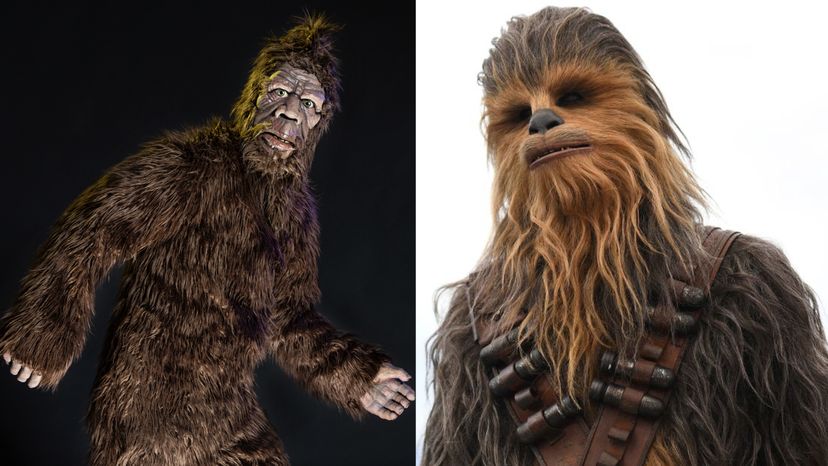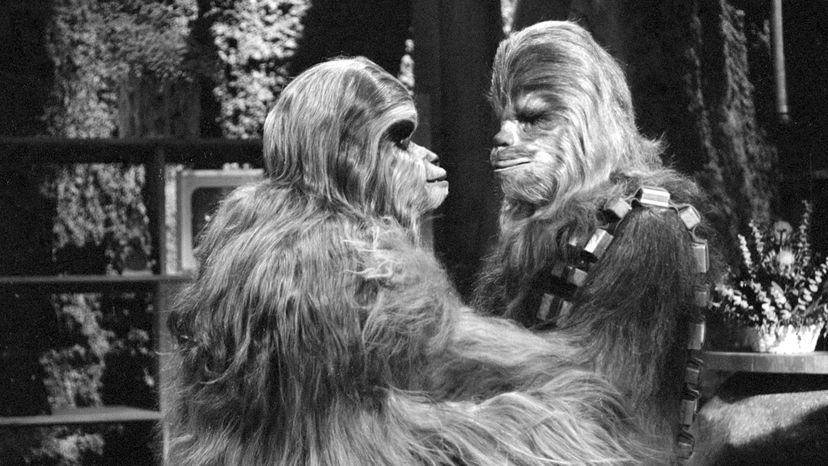
It's Sunday, Feb. 26, 1984, and like millions of other kids in the United States, you're watching the network TV debut of "Star Wars" (aka "Star Wars: Episode IV – A New Hope") on CBS.
"Is that Bigfoot?" asks your dad, when Chewbacca appears onscreen.
Advertisement
"No, Dad," you manage.
You've told your dad about Chewbacca before. He's seen the action figure. For that matter, he's seen actual depictions of Bigfoot before on "In Search of" and "The Six Million Dollar Man," so your dad should know better.
"He looks like a Bigfoot," Dad contends, walking out of the room.
And you can only sigh.
That was more than 36 years ago. Today, with eight more films in the series released, you reflect on your dad's confusion and you can't help but wonder: What IS the connection between these two, towering beastmen?
"Bigfoot," of course, is another name for Sasquatch, a folkloric North American being said to resemble a shaggy, upright ape. The creature has roots in the folk beliefs of various native North American tribespeople and is part of a familiar trope in global folklore: the beastman, a form neither entirely human nor entirely animal that inhabits the wild, untamed and sacred parts of the world. In modern times, Bigfoot has also come to symbolize a longing for the unexplored and an embodiment of environmental concern. It's also a frequent obsession of pseudoscientific investigation and unsubstantiated sightings.
Wookiees (like Chewbacca), at least within the lore of "Star Wars," have nothing to do with Earth. It's a galaxy far, far away, remember? As we know from 1978's "The Star Wars Holiday Special" and subsequent treatments, the Wookiees hail from the forest planet Kashyyyk. While many observers mistake them for a primitive species, the Wookiees boast both a rich culture and an aptitude for advanced, spacefaring technology. They fought in one of the final, crucial battles during the Clone Wars, and Chewbacca became a prominent rebel hero during the Galactic Civil War that followed.
Advertisement

